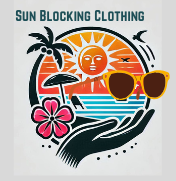Did You Get A Sunburn This Summer, even when you thought you were protecting your skin? Unfortunately, sunburn on the back of our neck is why so many first skin cancers are found there.
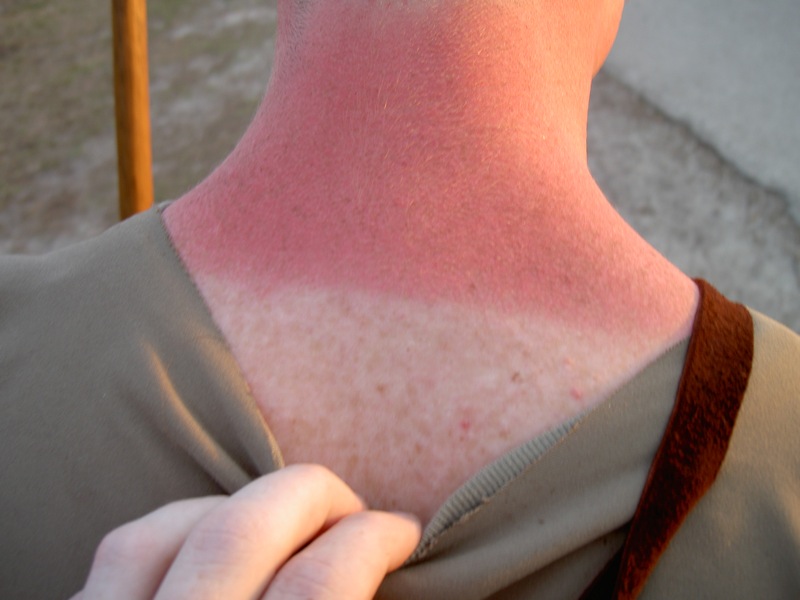
This is just one of the adulting responsibilities comes when your mom is no longer reminding you about covering up or sunscreen. So did you get a sunburn this summer? Summertime is a little over halfway over. How will you help your skin recover from the sunburn?
We usually get the strongest sun in June. Yes, here in Central Texas the solstice is usually the strongest. However this year, there have been lots of strong sun days. Days that made you cancel anything outdoors!
Late spring and the summer solstice combine for sunburn if you are not careful. When the sun hits its angle for this time of year, it often catches you when you haven’t quite gotten up to speed on sun safe habits.
You aren’t so quick to grab the sun hat, or your long sleeve loose-fitting shirt out of the tightly woven fabric to protect your skin. You are glad to see and feel the sun on your skin. This is great for about 10 to 15 minutes.
But then you need to retreat to a well shaded area or cover up with sun blocking clothing or sunscreen. All to often we are careless at this time of year because it doesn’t seem so hot when you are outside It is early summer after all.
At What Temperature Do We Sunburn?
Did you find it confusing that an afternoon football game in September or October, is resulting in your face or back of your neck being red and sunburned as you were leaving? It wasn’t that hot, even though the game lasted 2 hours.
Me too! And just last year! I knew better, but didn’t protect myself with sun blocking clothing! To think that I thought sunscreen was enough!
It will be the same thing if I am not careful with spring baseball games! Those late morning game times will do a number on our skin if we are not careful.
We have strong sun almost all year in this part of the world. Sunscreen helps, but if you don’t reapply, you will be in trouble. I don’t like the stains I get from sunscreen on my clothes.
Accu Weather says that you can sunburn at 40* F as well as at 100*F.
It can take a few more minutes in cooler temperatures, but not many.
You see, your body will take a bit longer to heat to the sunburn stage when it is cooler. However, let me remind you that we are talking minutes here, not hours. Too long in the direct sun anywhere and any time of the year can result in sunburn.
It is important to remember cold weather can bring sunburn, and especially if you are at high altitudes. So many Texans come home from skiing in the winter time with sunburn that can take a week or 10 days to heal. They just forget to protect their skin.
Fall Is On Its Way To Central Texas
September is arriving, and here in Central Texas we aren’t really into the change from high 90 to 100 plus degrees. So I haven’t really gotten into the change of seasons. Due to how close we are to the sun, this will make little difference in the need to protect our skin.
What about you? Even if you have some tan left from your summer, bon’t get careless. Your tan will protect you some, but like sunscreen, not completely. To get real full time protections, you need to cover up.
Scientific American says that a base tan will only offer slight resistance to sunburn. Kind of like your old worn out white tee shirt, abut a factor of 3, well below the SPF of 30. There is no wide spectrum protection, so the early aging UVA rays will leave their damage behind.
(Wide spectrum SPF of 30 is lowest protection rate that Skin Cancer.org recommends)
Having a tan only offers a few minutes of protection from sunburn.
Are you aware that if you get a sunburn, DNA in your skin may have been damaged? That is what The United States Department Of Health and Human Services explains. With damaged DNA, your skin is on its way to skin cancer.
Cover your skin with sun blocking clothing and apply sunscreen on the parts of your skin not covered with clothing.
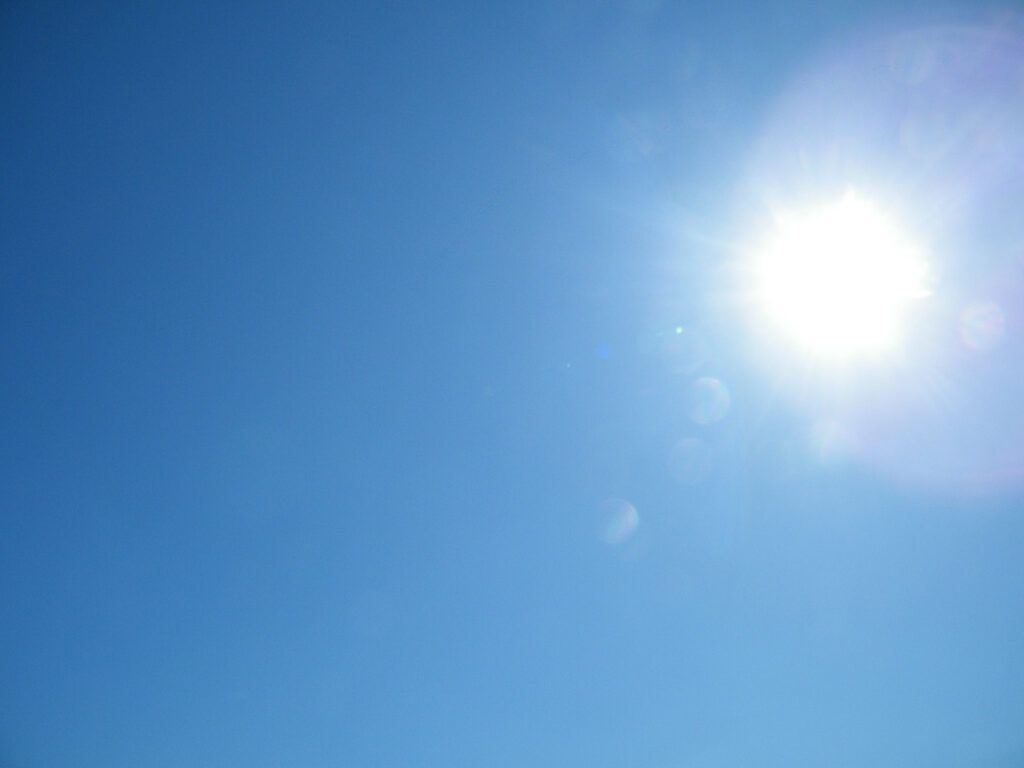
Skin Protection When The Seasons Are Changing
Will September bring on some changes in how you protect your skin from the sun. The first day of Autumn is September 21.
What should we do different? If you live in my part of the world, you will stay on alert for too much sun.
Most skin cancer is the result of too much exposure to ultraviolet (UV) rays.
While most of this exposure comes from the sun, some skin cancer is the result of man-made sources. There are still people out there using indoor tanning beds and sun lamps.
Reguardless of how you get your exposure to UV rays, continuing to use tanning beds and/or being in the sun without skin protection put you at greater risk of skin cancer.
The ultraviolet rays from natural and man made ultra violet rays both affect your skin. UVB ( think burn ) are the ones that cause damage by burning the skin. The sun shinning on your skin causes your skin to produce melanin. Melanin is what causes the skin to look tan.
The more melanin, the tanner you will look. Genetics controls how much melanin you will make. That is programmed in your DNA!
Ultraviolet A rays damage the skin some by burning, but mostly the damage results in destroying the supporting tissue under the skin that holds the skin smooth and taunt.
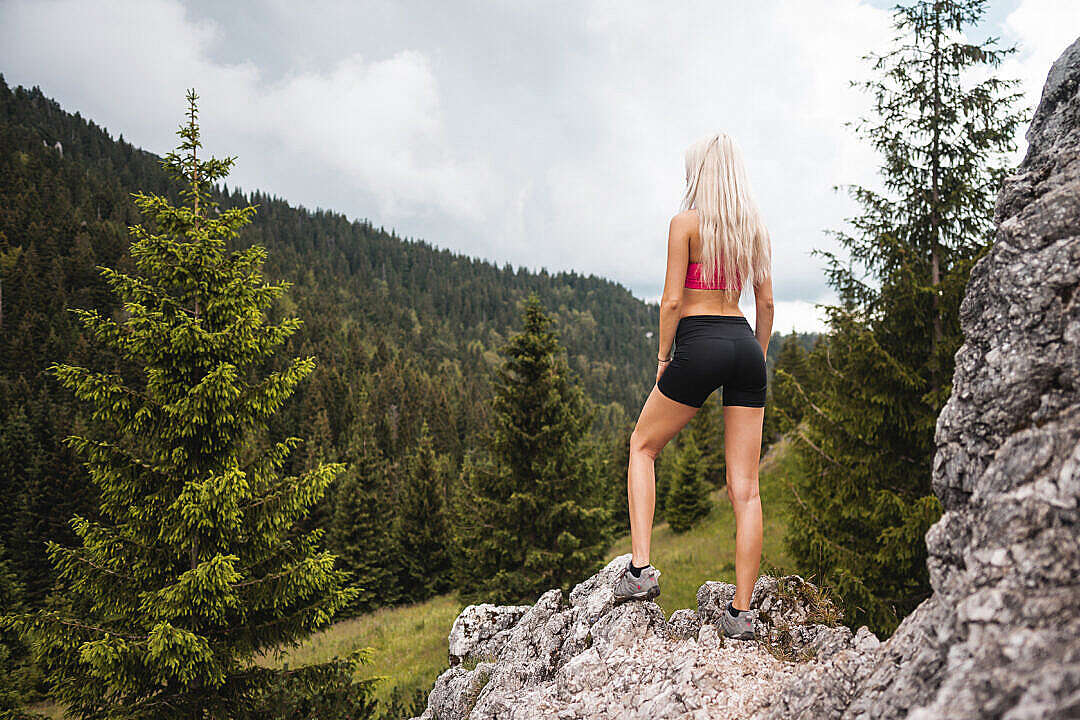
When Are The Sneaky UV Exposure Times?
The factors that go with your exposure to the sun’s UV rays include:
Pay attention to the time of day. The UV rays are stronger in the middle of the day (10 AM to 4 PM)
What season are you in? (The sun’s UV rays are stronger during spring and summer) Just remember those of us who live in the southern states are closer to the equator than those in the northern states. Yes, it makes a difference.
Don’t forget to be aware of your altitude. At higher altitudes, more of the sun’s rays can reach the ground.
How much cloud cover do you have? Clouds are kind of iffy. You may think that because you can’t see the sun, the sun can’t see you. Those UV rays travel through the clouds and get to the ground. They may break the direct sun, but they don’t block it.
The sun reflects off different kinds of surfaces and can cause a lot of damage quickly. Stay alert when you are on the water, or on the sand. The snow reflections are very dangerous as well. The pavement, sides of buildings or fences, and paint on boats, or other surfaces reflect. We are often unaware of this added UV exposure.
Don’t disregard your medication. Did you take sinus medication this morning? What about birth control? Many of the medications we take and forget about can cause your skin to react more quickly and that can cause sensitive skin to sunburn quickly.
How Much Sun Do You Get
The amount of UV exposure has another factor that is extremely important in this business of protecting your skin. That is the time element.
This is how long at a time you are in the sun? Do you spend 2 hours every morning in the sun, even early sun? Or is this a rare event? The length of time you are in the sun at one time can make or break your skin protection plan. Laying in the sun for hours for a tan can turn on you pretty quickly.
Hours of the sun, even on protected bodies can mean serious problems for your skin. Those of us who live in the bright sunlight areas of the world have a higher rate of skin cancer than those in less sun-intense areas.
We are out more because we can be. Playing outside more, and enjoying being out in the fresh air and sunshine make us get more sun. Sun blocking clothing is very important for us and our families.
Keeping sunscreen reapplied is iffy when you are having fun playing in the sun. That is why sunburn still happens. It is difficult to realize your sunscreen has sweated through or just done its job for the first application.
Sunscreen must be applied and reapplied often.
Sunscreen is only good for 2 hours under the best of conditions.
When you are fishing or hiking or whatever you do to enjoy being outdoors, time passes fast. Wear a sun blocking shirt, your sun hat, and sunglasses. These are the basics of sun protection. Add sunscreen to your face and the backs of your hands.

Awareness Is Important
Skin Cance.org tells us that your lifestyle patterns of exposure also will affect your and your family’s skin cancer risk.
If you had parents who didn’t know about sun damage as my kids did, your frequent sunburns in childhood can increase the risk for some types of skin cancer many years or even decades later!
This alarms me as a parent. Then we have the fact that everyone’s skin and eyes can have lasting effects from too much sun.
People with light skin are much more likely to have lasting skin damage from UV rays. Darker-skinned people also have sun danger as well, it just takes a bit longer for them Of course, you think you are protected because of your ethnicity. For a few minutes longer, you may be. But not forever.
Sunburn affects everyone and ups their risks for skin cancer, somewhere on their life journey.
Risk Awareness
Here is a partial list of factors from SkinCancer.org that affect your risk for sunburn:
- Is there already a skin cancer history going on? Sun awareness and risk awareness are super important. You are already on borrowed time for more issues.
- What about your family history of skin cancer? Were any of these cases melanoma?
- How many moles, large moles, or irregular moles do you have?
- Is your hair blonde, red, or light brown?
- Do you have blue or green eyes?
- Are you quick to freckle and burn before you turn tan?
- Do you have autoimmune diseases like Systemic Lupus Erythematosus or Lupus?
- What about a medical condition that makes your immune system vernable like HIV?
- Did you have an organ transplant?
- Are you taking medication to lower or suppress your immune system?
- Or any of the long list of meds that make you extra sensitive to sunlight? (If you are unsure, ask your Doctor or Pharmacists)
Lifestyle Risks
There are some things we need to figure out how to live safely with. Activities we will need to protect our skin and eyes from the dangers of all year.
Do any of these risk factors sound like they are talking about you?
Do you live in high altitudes? Remember, the UV rays are stronger the higher up you are.
What about vacations? Are tropical climates more what you go for?
Do you work indoors all week, to get lots of sun exposure on weekends?
Or are you one who just spends a lot of time outdoors?
Now that you know where you are in the risk factors, make sure you protect your skin from the sun. A sun blocking wardrobe is important and can make a difference in how your skin protects you throughout your life
5 Ways To Protect Yourself From The Sun
Surely you aren’t one of those people who think about protecting themselves just when they spend a day at the pool, or maybe the beach or lake.
Sun exposure adds up. When it happens every day you are in the sun, you are going to have damage.
Yes, it is possible to have risk factors and still enjoy time in the sun and stay safe!
Active time or physical activity is important for our overall health.
So what are some ways to stay safe while enjoying being outdoors? This list is simply a stat that comes to mind. I am sharing to get you thinking about how you can stay safe in your lifestyle.
# 1 Simply staying in the shade. This is one of the best, but most often overlooked ways to stay safe. Between 10 AM and 4 PM staying in the shade will offer a lot of protection for your skin.
Remember the shadow test? When your shadow is shorter than you are, the rays are the strongest, and most dangerous.
If no shade is available, make your own with an umbrella, or pop-up tent. There are many choices for different outdoor activities and budgets.
You can always make an inexpensive shade with canvas and poles.
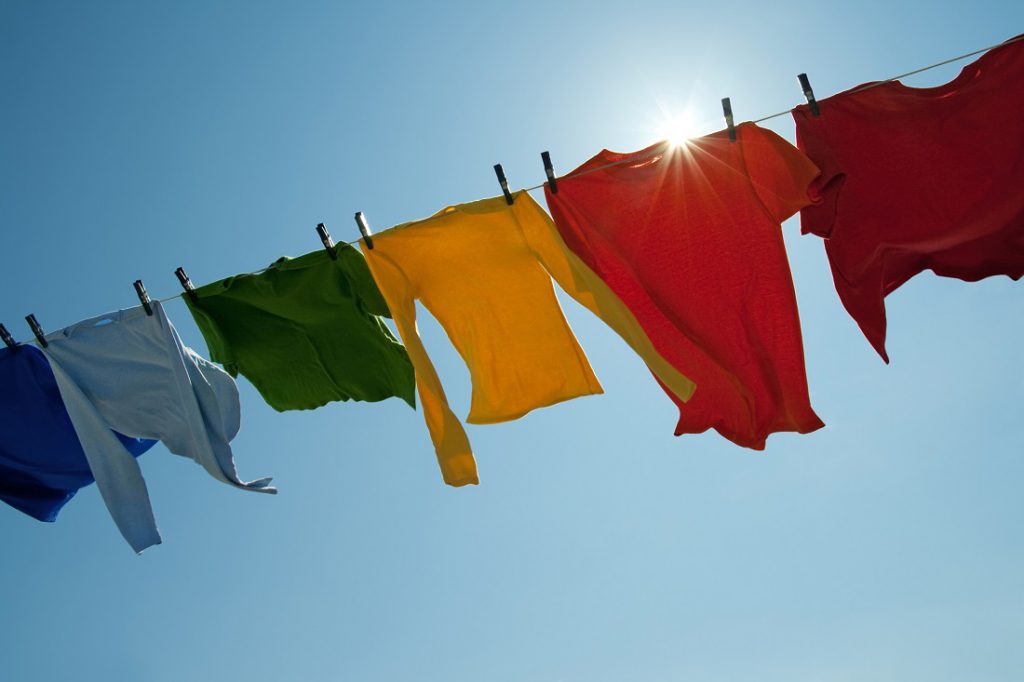
Sun Blocking Clothing
#2 UV protection clothing to cover your skin is a safe way to protect your skin from the sun.
The basics of sun protection clothing:
Your Clothes will provide different levels of UV protection.
Long-sleeved shirts, long pants, or long skirts will cover the most skin and are the most protective.
Dark colors generally provide more protection than light colors.
A tightly woven fabric protects better than loosely woven clothing.
Dry fabric is generally better protection than wet fabric.
Be aware that covering up doesn’t block out all UV rays. If you can see light through a fabric, UV rays can get through, too.
Many companies now make special sun blocking clothing that’s lightweight, and comfortable, yet protects against UV rays even when wet.
This clothing tends to be more tightly woven, in the manufacturing process and will often have special coatings to help absorb UV rays.
These newer garments made to protect us from the sun may have a label with the UV protection factor (UPF) value. The higher the UPF, the better the protection from UV rays.
DIY Tip
Some products, which are used like laundry detergents in your washing machine, can increase the UPF value of clothes you already own.
These products add a layer of UV protection to your clothes without changing the color or texture.
Sunscreen A Permnant Tool In Your Skin Protection Toolbox
#3 Sunscreen belongs in your toolbox.
Sunscreen is not a sunblock. You are still getting some sun through the product you rub on your skin. It works like a filter to slow the amount of sun that actually reaches your skin.
Sunscreen should not be used as a way to prolong your time in the sun. This is not what sunscreen does.
Even with proper sunscreen use, there will be some UV rays still get through to your skin. Because of this, sunscreen should not be thought of as your first and only line of defense.
Consider sunscreen as one part of your skin cancer protection plan.
Naturally, staying in the shade is better, and than wearing UPF clothing.
Sunscreens are available in many forms – lotions, creams, ointments, gels, sprays, wipes, and lip balms, to name a few.
Some cosmetics, such as moisturizers, lipsticks, and foundations, are considered sunscreen products if they have some sunscreen in the formula.
Some makeup claims it contains sunscreen. Rarely do these products have enough sunscreen that can be delivered to your skin to actually help protect you from sunburn.
When choosing a sunscreen, be sure to read the label. Sunscreens with broad spectrum protection (against both UVA and UVB rays) and with sun protection factor (SPF) values of 30 or higher are recommended.
Remember: No sunscreen protects you completely.
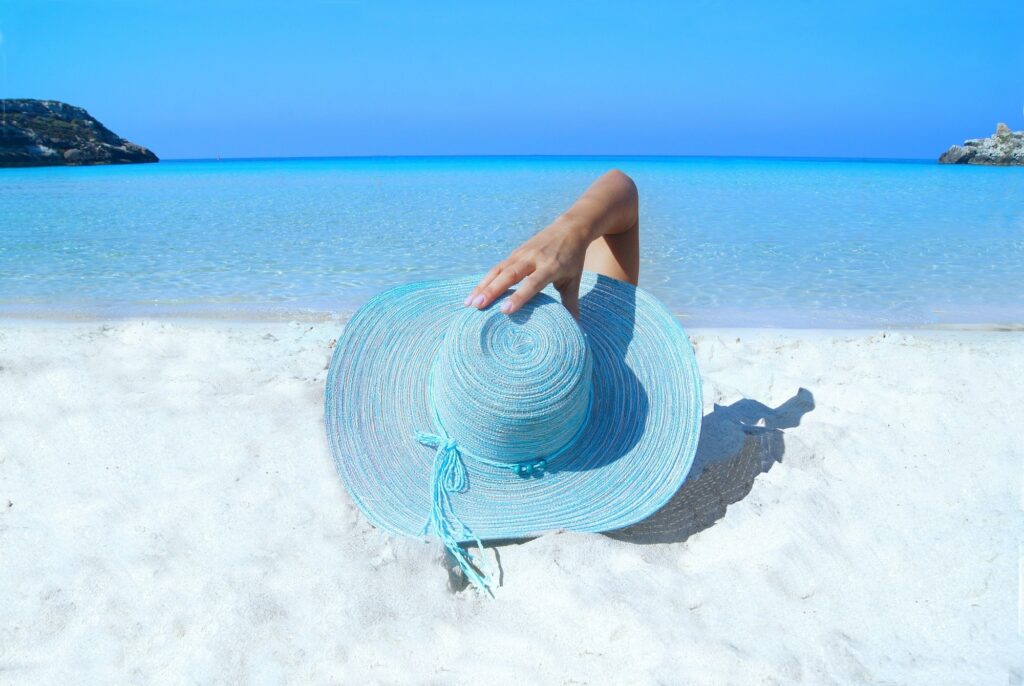
Get A Sun Hat And Wear It
# 4 Remember your sun hat.
Your sun hat needs to have at least a 2 1/2 to 3-inch brim all around. This will protect areas that are often exposed to intense sun. This kind of exposure happens to the ears, eyes, forehead, nose, and scalp.
A dark-colored, non-reflective underside to the brim can also help lower the number of UV rays reaching your face from reflective surfaces like water.
A shade cap looks like a baseball cap with about 7 inches of fabric draping down the sides and back. This cap will provide more protection for the neck. Often found in sporting goods and outdoor supply stores.
DIY
If you don’t have a shade cap or a good sun hat available, make one by wearing a large handkerchief or bandana under a baseball cap.
A baseball cap protects the front and top of the head. However, it does nothing for the neck or the ears, where skin cancers commonly develop. Straw hats are not as protective as hats made of tightly woven fabric.
Sunglasses, Basic For Protection From The Sun
#5 Sunglasses
Wearing UV-blocking sunglasses is important for protecting the delicate skin around your eyes, as well as your eyes themselves.
Research has shown that long hours in the sun without protecting your eyes increase your chances of developing certain eye diseases.
Your ideal sunglasses should block 99 to 100% of UVA and UVB rays. Before you buy, check the label to make sure they do.
Some labels say “UV absorption up to 400 nm” or “Meets ANSI UV Requirements,” This is another way of stating that the glasses block at least 99% of UV rays.
Those sunglasses that are labeled “cosmetic” only block about 70% of UV rays. If there is no label, assume the sunglasses provide little if any UV protection.
Darker lenses are not necessarily better. Any UV protection comes from an invisible chemical in or applied to the lenses. The color or darkness of the lenses is nothing but a personal preference. Look for the label.
A pair of large-framed and wraparound sunglasses are will protect your eyes from light coming in from different angles. An oversized lens with wider frames offers more protection than wireframes.
Children need smaller versions of real, protective adult sunglasses, not toy sunglasses. Look for labels with UV protection stated.

Sami’s Take On Did You Get A sunburn This Summer
Moving from one season to another is a good time to think about what we can do to do a better job of taking care of our skin and protecting it from sunburn.
In my part of the world, we will be having lots of sun for at least 3 more months. We tend to get lazy and let the sun get to our skin because things cool down some in the early mornings and evenings. We think we are safer, and I guess we are. However, sunburn will happen if we are careless.
We will be getting out more, and enjoying the cooler milder weather by mid-October. Until then, we must stay aware. Wearing our sun blocking clothing, adding a bit of sunscreen, and in general, keeping ourselves healthy and protected from sunburn.
As our seasons change and the direct sun hours shorten a little, this is adding to longer safe hours. This is when it will be more fun to get out in the yard in the early morning. Getting out and moving about is important for all of us who spend our days researching and digging for accurate information.
Protecting you and your family from too much sun is a lifelong endeavor. I know you are busy, so I have done the research for you. Keeping us safe is important. Having some reasons to do so will help you in your resolve to take better care of yourself.
Thank you,
Sami
